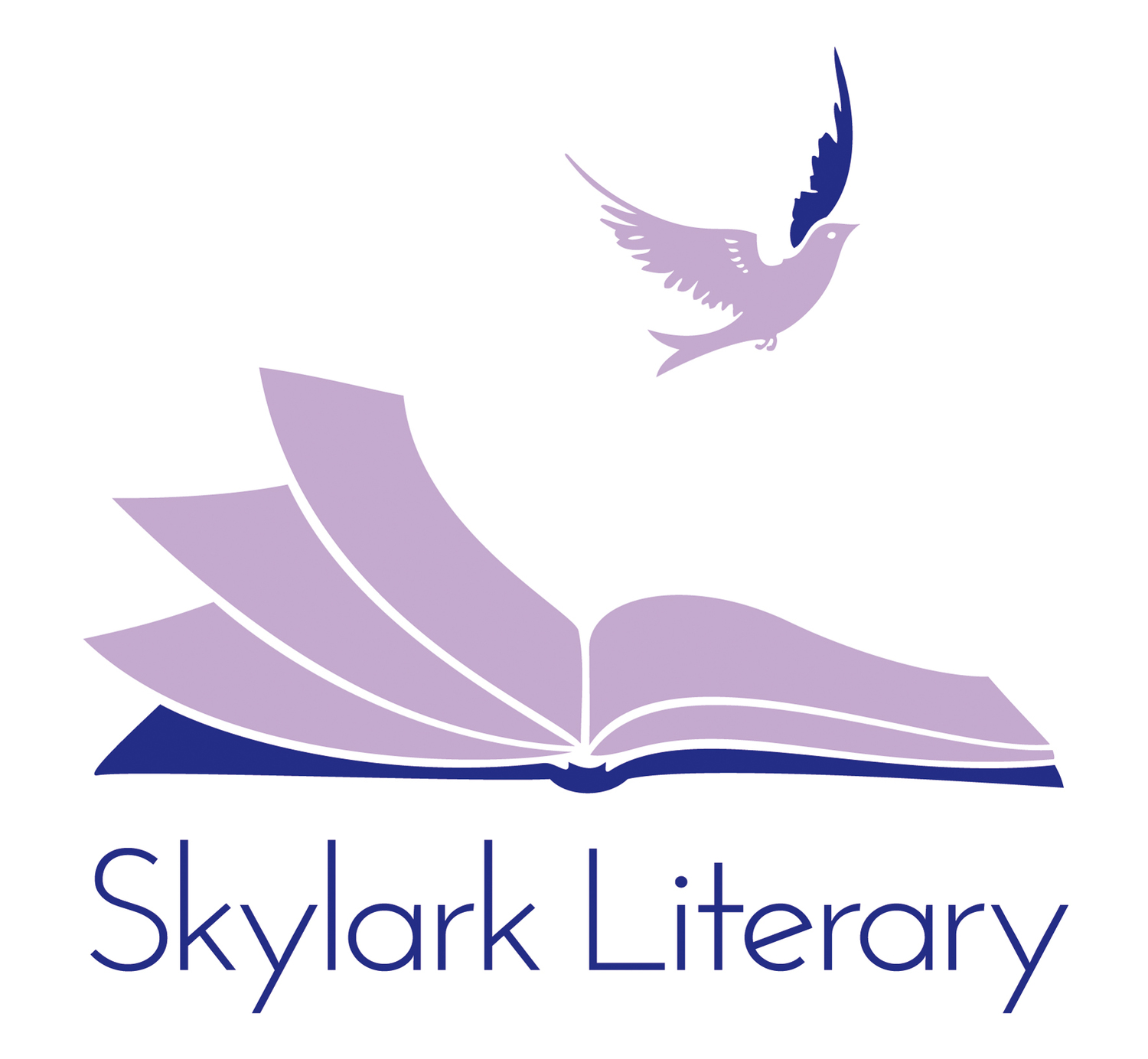Image credit: John Ryan, www.insight-imaging.ca
We had a lovely #askagent session on Twitter recently where we answered lots of writers’ questions. One that came up – and not for the first time – was, ‘What do you mean by “voice”?’
People in Publishing are always banging on about how they are looking for a ‘fresh’ voice, an ‘exciting new’ voice and so on, but what are they really talking about?
Essentially ‘voice’ is the way the narrator’s personality comes through in the writing – whether that narrator is a central character (usually the more successful approach) or a more detached authorial speaker. So, for example, Winnie the Pooh has an enchantingly naïve view of the world and that personality trait comes through in his ‘voice’ which never varies in its whimsical tone.
A good voice is confident, individual and consistent. So, if, as a reader, the writing brings you up short and starts making you wonder about the author, and their own personal view or circumstances, then the writing voice has slipped. Equally, if you forget which character is speaking and have to backtrack to work it out, then that character’s voice probably isn’t as strong as it should be.
If you want to read examples of stunning writing voices then give The P.K. Pinkerton Mysteries series by Caroline Lawrence a read, or My Sister Lives on the Mantelpiece by Annabel Pitcher. Both of these authors have created perfect voices for their main characters so that you feel like you know them and are therefore all the more gripped by their stories. Of course, there are lots of great examples. You probably have your own favourites.
Often the ‘voice’ of a book can be quite a Marmite affair. For example, the Lemony Snicket series drove some people round the bend with its gloomy tone but others adored it. And with this in mind, it’s important to remember that even if some people can’t bear it, a book that people feel passionately about, for good or for bad, often does very well in terms of sales as it moves the reader and gets people talking!
Love it or hate it, a distinctive voice is a powerful thing.


